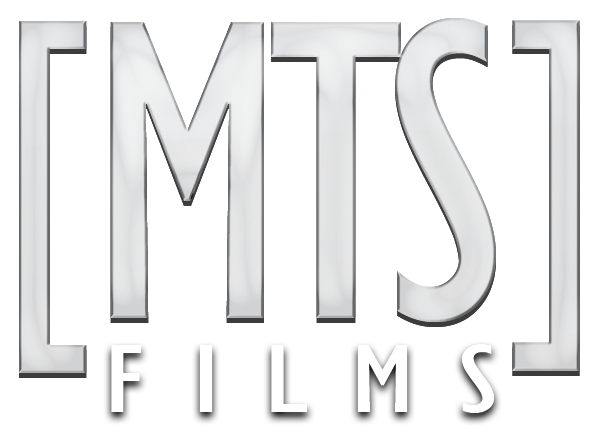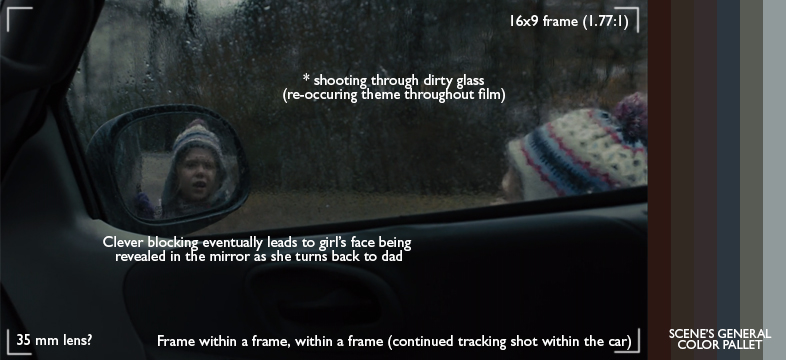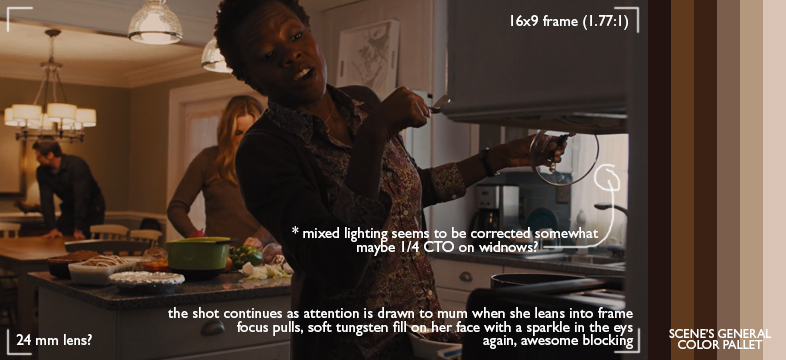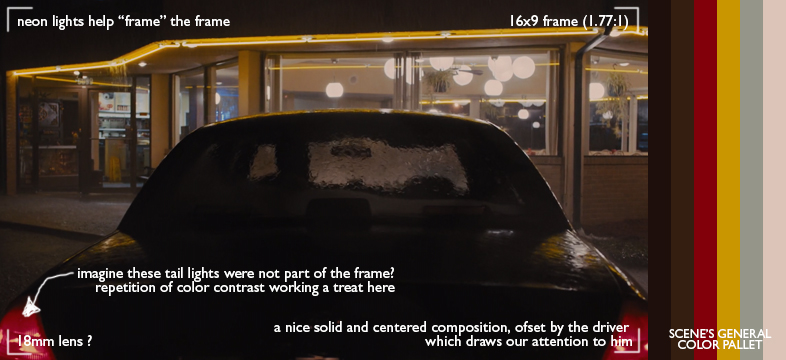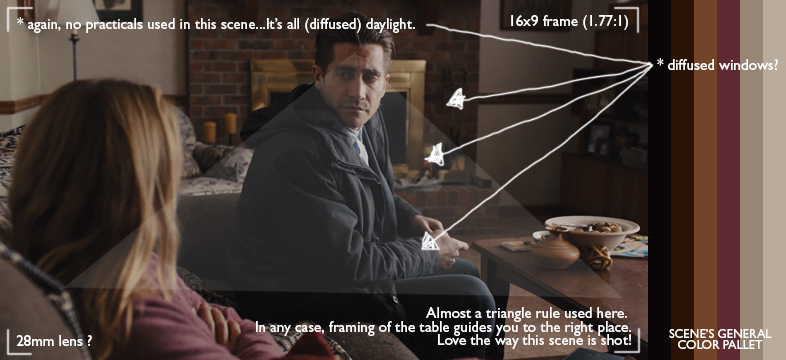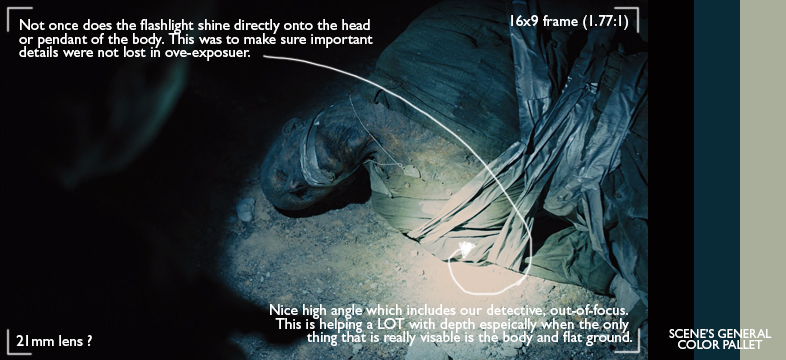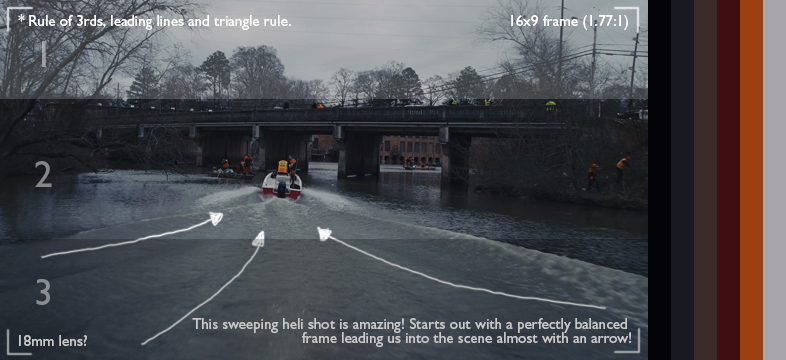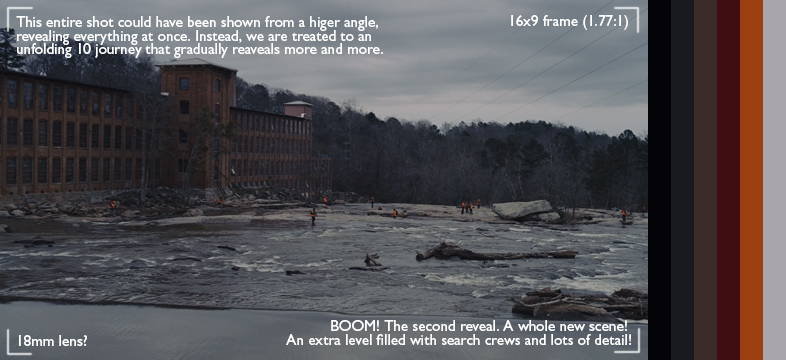This film has some of the best cinematography I've ever seen...as I'll explain below, in great detail.
NOTE: If you enjoy this breakdown, please also check out my newest edition for Inglourious Basterds HERE :)
Can you imagine being a chef and going out for dinner to a new restaurant? Or a builder who's looking to buy a new home? What are they looking for in a meal? Or a house? I think it's natural for anyone passionate in their field to study and enjoy the work of their peers, but sometimes it gets in the way of the experience. I know I find it very difficult to watch a movie and NOT analyze the craftsmanship behind it....but you know you're watching a good one when all you can see is the story un-fold, but even then I can't help but notice things like lighting choices, camera moves and color.
I recently watched PRISONERS, written by Aaron Guzikowski, Directed by Denis Villeneuve and shot by the cinematographer I admire the most, Roger Deakins ASC (visit his amazing cinematography site).
Not only was I completely glued to the screen and scrambling for clues to solve the case, but nearly every single scene had me looking with awe at the masterful cinematography and film-making craftsmanship that was before me on screen. The inspiration to write this in-depth blog post came to me after a friend of mine (I won't dare mention his name hehe) said that the film did nothing for him!
So, below I've picked some of my favorite scenes from the film and have outlined things that I noticed and appreciated about the cinematography and other interesting elements. I'm always analyzing films and shots but this is the first time I've ever published those thoughts....it has been a great experience for me and hopefully you get something out of it too :)
SCENE/SHOT ANALYSIS
Here's the dissecting part....so it took me a while, but I decided to go through the entire film and look for things that I may have missed during my first viewing. Instead of writing paragraph upon paragraph, detailing the craftsmanship that I noticed behind each scene, I decided to sort of make a book. I for one like pictures and the less I have to read, the more engaged I am. That's just me, but I'm sure you'd rather this format than listening to me waffle on for pages at a time.
Please keep in mind that I had nothing to do with this film! The notes I have made cannot be accurate in the sense that I actually don't KNOW what is going on, what lens was used, etc. They are more of an observation based on, dare I say, educated guesses. In any case, I found it to be a great learning experience as I looked for beauty and subtle details in these shots....I hope you get something out of it too :)
Here's the first quarter of what I plan on finishing over the next month or so. It's quite time consuming, believe me! Hope you enjoy and please comment or make notes where you think I've missed something, or disagree with something.
1
2
3
4
5
6
7
8
9
10
11
12
13
14
15
16
17
18
19
20
21
22
23
24
25
26
27
28
29
30
31
32
33
34
35
36
37
38
39
40
41
42
43
44
45
46
47
48
CINEMATOGRAPHER STYLE (pun intended)
A cinematographer's "style" could be put down to things he or she does on a consistent basis that are noticeable from film to film, right? Noticing a style means that you notice elements within the art form that you've seen before and can associate with the artist across their body of work. When I look at Roger's work, it's almost as if he has 'no style'. Now, please don't stop reading this blog after that sentence! hehe....allow me to elaborate.
For me, Roger seems to be SO exquisitely in tune with the story that needs to be told, the directors vision and his own artistic vision that the resulting cinematography is so perfect and so fitting, it's almost unnoticeable! His style is literally a service to the story, 100%. That being said, I could say that I've noticed Roger seems to like wider lenses. It's pretty rare that you'll see an 85mm closeup in his work. He's often pushing in close with a 50mm and sometimes wider. I could also say that it's quite rare for Roger's camera to be moving frantically around, even during intense, high impact scenes. It's almost always smoothly moving precisely where it needs to move in order to frame what is happening, with absolute perfection. You could also say that his lighting seems to be driven by practicals rather than back-lighting every shot to make it look good. He has perfected (and continues to perfect) the art of lighting a scene with existing sources, only adding emphasis where it's needed with extra light, but doing so in a way that is mostly unnoticeable. He is for me, at the top of his game. Where I want to be. I've never been so inspired!
It's important to note that many of the things I point out in this study aren't related to cinematography. Things like set design, color choices, framing and shooting angles for example, aren't necessarily the sole decision of a DoP. If you've read any of my other articles, you'll quickly realize that I appreciate and talk about the many departments it requires to make a film, and my understanding that film-making is a massive collaboration between departments. With that said, I still think there is value in the points I have made and I hope you gain some insight from my study!
P.S. I know my spelling is bad but hey, I never did like School.

